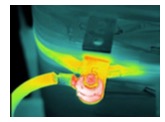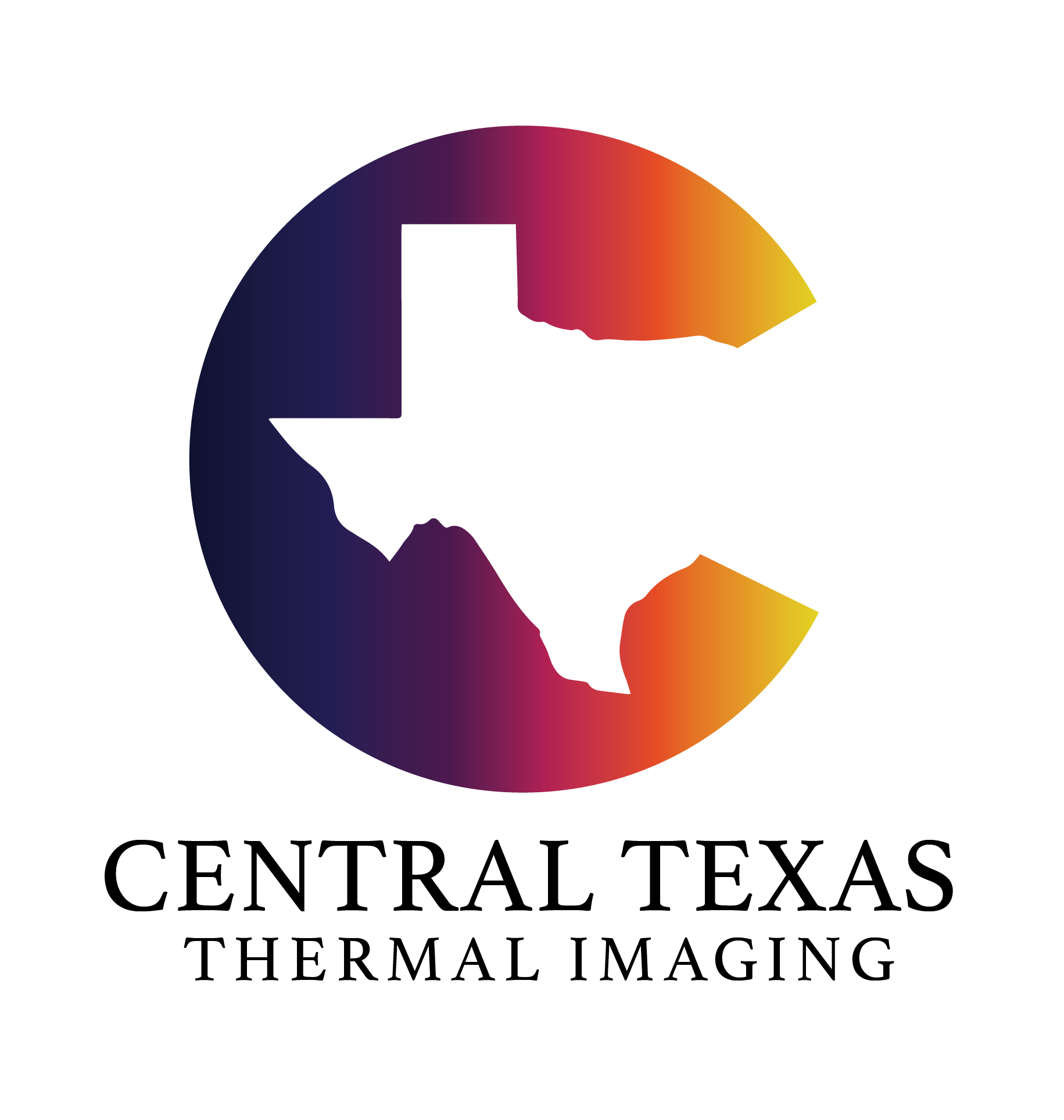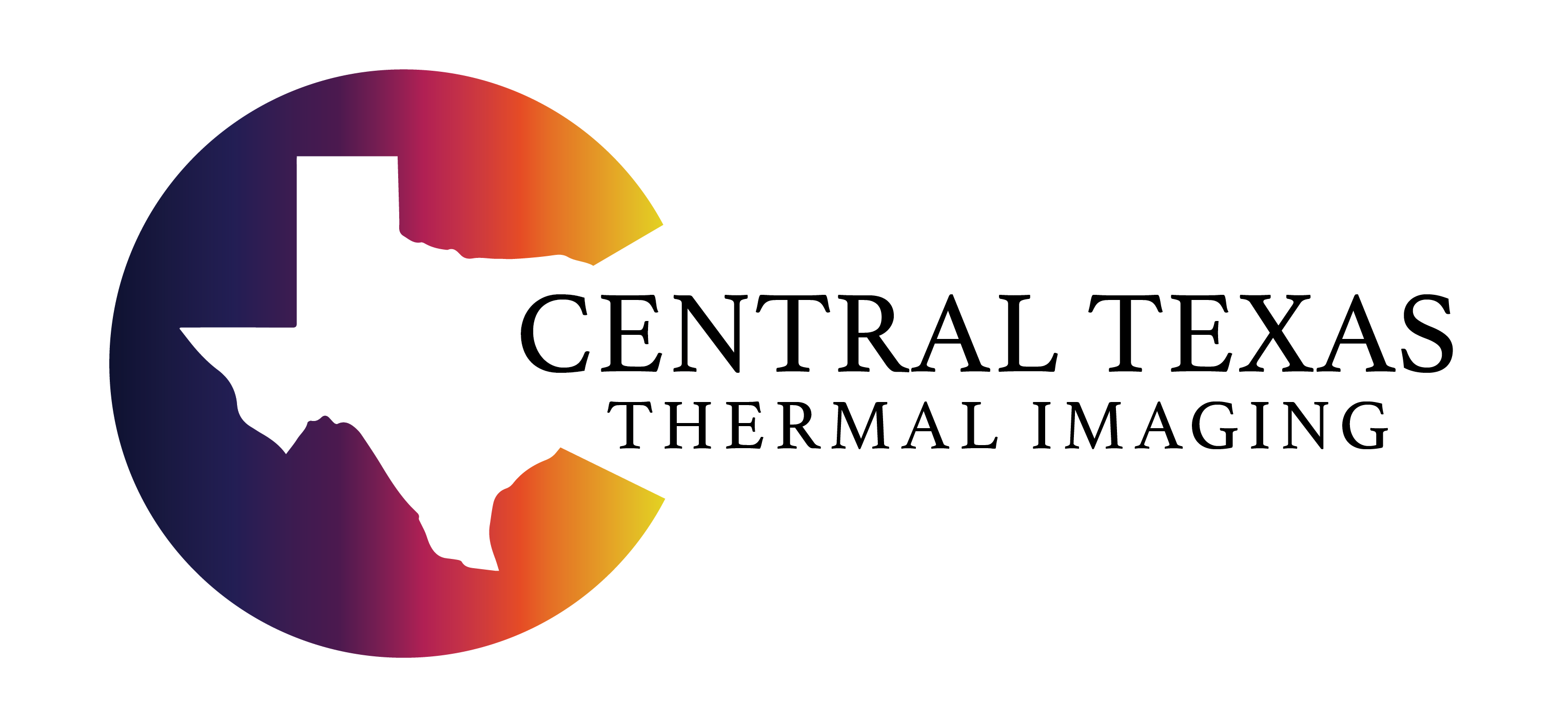Abstract
A successful infrared electrical inspection starts before you leave the office. The success of any project depends on planning, preparation, and attention to details. It also includes clear communication of expectations while you are on-site, and comprehensive collection of data during the inspection.
 This presentation is based on the lessons learned from daily operations of a successful infrared inspection firm. It will cover a comprehensive checklist used prior to leaving for the job site, give examples of communications with on-site personnel, discuss some of the “unexpected” challenges you could encounter, as well as safeguards used to ensure data is collected in a format that allows for timely and accurate report generation.
This presentation is based on the lessons learned from daily operations of a successful infrared inspection firm. It will cover a comprehensive checklist used prior to leaving for the job site, give examples of communications with on-site personnel, discuss some of the “unexpected” challenges you could encounter, as well as safeguards used to ensure data is collected in a format that allows for timely and accurate report generation.
Discussion
 Infrared Electrical surveys are one of the most common applications of infrared thermography. However, performing your first infrared electrical survey can be an intimidating undertaking. This paper outlines the step-by-step procedure followed on a daily basis by Jersey Infrared Consultants’ thermographs.
Infrared Electrical surveys are one of the most common applications of infrared thermography. However, performing your first infrared electrical survey can be an intimidating undertaking. This paper outlines the step-by-step procedure followed on a daily basis by Jersey Infrared Consultants’ thermographs.
During a typical year, Jersey Infrared Consultants perform over 1100 man-days of infrared inspections. Typical facilities surveyed includeskyscrapers, healthcare, manufacturing, and petrochemical refineries. The electrical equipment can be AC or DC and vary in age and size.
Before beginning an IR Electrical survey, the thermographer must have a thorough understanding of the electrical system, its components, and how each part will affect results of the infrared survey. Below are some of the basics that must be understood.
- Electrical current flowing through conductors generates heat
- Similar components with similar load should be the same temperature
- Increased resistance will generate more heat, resulting in electrical defects and accompanied by temperature rise
- Keep in mind that some defects may result in lower temperatures
- Emissivity affects the results
- The appropriate infrared imager and accessories must be selected
- The thermographer cannot determine the cause of the problem
- Thermography cannot predict how long before failure occurs
 Mary Molle
Mary Molle
Vice President Jersey Infrared Consultants, Level III Certified Infrared Thermographer
Jersey Infrared Consultants, PO Box 39, Burlington NJ 08016
Ph: 609-386-1281
www.jerseyir.com
mary@jerseyir.com


